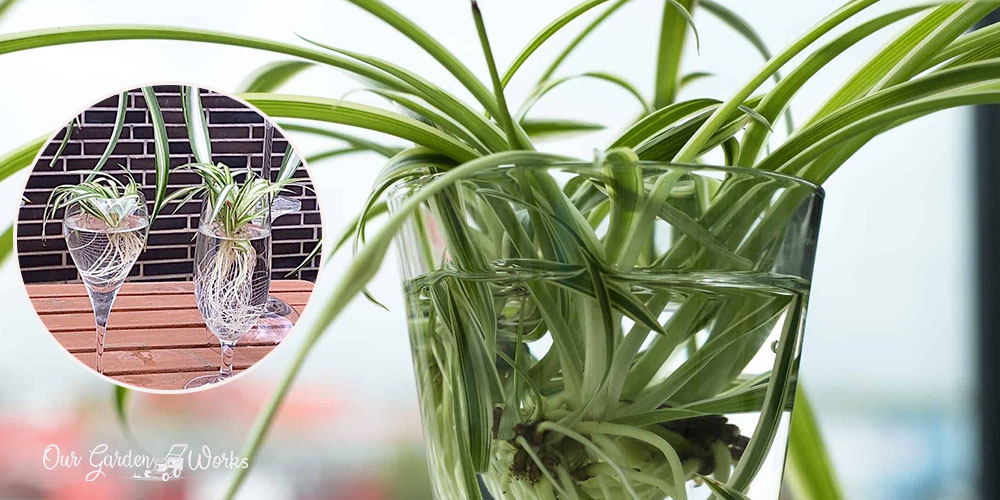If you’ve been growing spider plants for a while now, you’ll notice that they can grow almost anywhere. They’re like weeds that are hard to kill and grow very fast. Since the propagation of pups is often done in water, it’s natural to wonder and ask, can spider plants grow in water too?
This post will give you a quick peek at a new growing medium and how you can use it to care for your continuously growing family of spider plants.
We will also answer some frequently asked questions about spider plants’ propagation using water.
Let’s start!
Q: Can spider plants grow in water?
A: Yes, spider plants are among the best plants to grow in water, or technically, hydroponically.
The pups or the new growth that develops on the stolons of the spider plants are propagated and rooted using water. So, they can grow well and even develop new crowns in water.
Initially, water is enough to develop roots in the early development stage of baby spider plants. As they continue to grow, they’ll need specific nutrients to maintain their health and continue developing new leaves and crowns.
Though growing spider plants in water works just like when they’re planted in soil, it limits their potential to grow into a big ball of the hair-like plant.
So, if you are planning to grow spider plants, you can’t expect them to grow thick foliage and develop many pups. They can also have a hard time developing some flowers but with the right environment and care, it’s still possible.
On a brighter note, growing spider plants in water also comes with several benefits. On top of being a neglect-proof plant, they’re less likely to be root bound, plus you no longer need to buy and prepare the soil too.
However, they’ll need weekly water changes to prevent the build-up of salts and minerals that can burn the roots.
Intro to Hydroponics: How To Grow Spider Plants in Water300
Growing spider plants in the water will give you a brief introduction to hydroponic gardening. It may look simple but you’ll learn how to keep plants alive with water alone.
Start your hydroponics journey through the step-by-step process below:
Choosing a viable pup or crown
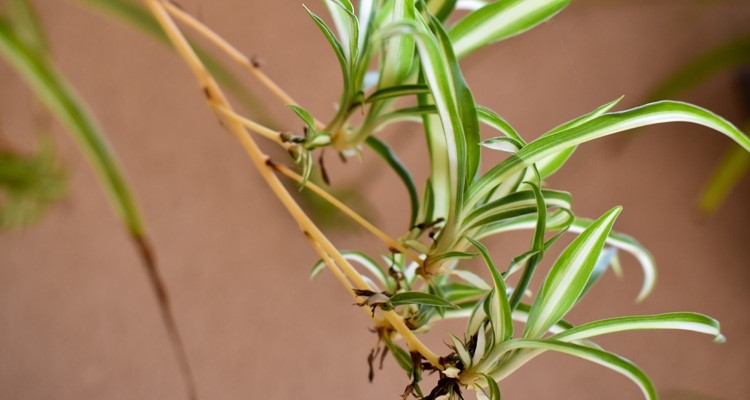
The best way to start growing a spider plant in water is to train the pups or spiderettes in growing in water.
A mature mother spider plant may find it hard to adapt to water if it is initially planted in the soil. It is better to choose a pup from the mother plant that has established enough leaves and even developed a few roots that you can use to grow in water.
Preparing the water pot

In choosing a pot for your spider plants, you should choose a pot or glass with a small opening or mouth.
The small opening will help prevent the leaves of the pups or spiderettes from soaking in water and keep the crown submerged. The pot should prevent the leaves from getting soaked in water to prevent them from rotting.
The ideal pots that you can use are your glasses, mason jars, or specific pots for hydroponics, such as:
- AVISKYLUK Plant Propagation Stations Wall-Hanging Glass Propagation Plant Terrarium.
- Desktop Plant Terrarium Propagation Station.
- Propagation Stations Indoor Decor Plants Propagation Station.
Choosing the best water for spider plants
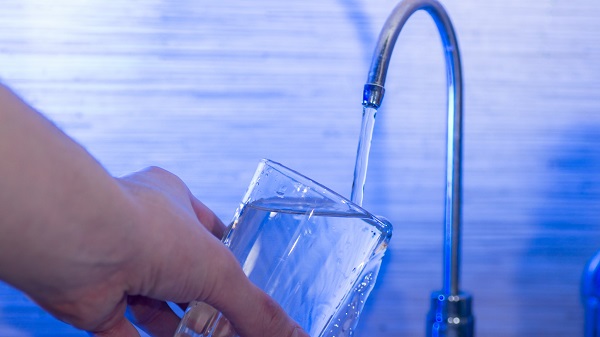
The only time spider plants get sensitive is when it comes to water quality.
Pups and baby spider plants can root in plain tap water. However, more often than not, fluoride is added to residential water pumps which can cause fluoride burns on the roots of spider plants.
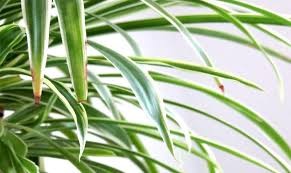
In the worst case of fluoride burns, the leaves of spider plants will develop crispy brown tips. These brown tips will no longer change in color but the rest of the affected leaves will still receive nutrients from the plant.
The healthiest type of water for spider plants is distilled water and hydroponic water. They don’t contain too many chemicals that can burn the plants and have more nutrients than tap water.
Using distilled water is optional but it will surely help your spider plants grow lush and shiny leaves.
Weekly change of water and feeding
Spider plants growing in water need weekly water changes to get rid of accumulated minerals and salts in the pot.
Unlike soil, the excess nutrients and wastes from the plant will not go anywhere except in the water. So, it is faster for minerals and salts to accumulate in it than in soil.
Once the baby spider plants grow new roots, they will need more nutrients to sustain their growth. You can either use hydroponic plant food or diluted granulated fertilizer but with half the strength. The fertilizer goes directly on the roots of plants in water which makes them more prone to fertilizer burns.
For starters, you can mix ¼ teaspoon of all-purpose houseplant food like Burpee All-Purpose Granular Fertilizer, or hydroponic fertilizers like General Hydroponics FloraMicro 5-0-1.
Cleaning the roots (optional)
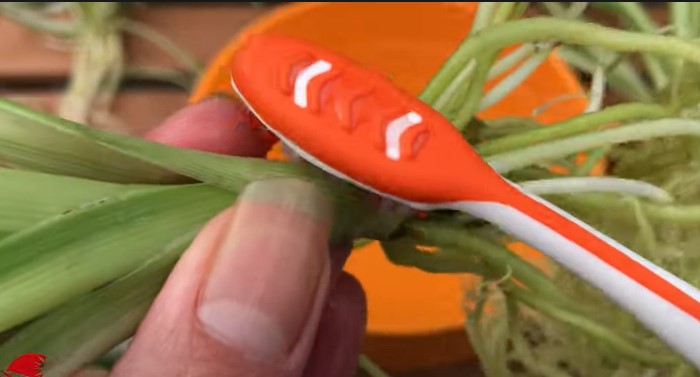
Some gardeners also do some root cleaning apart from changing the water every week.
Using a clean toothbrush, you can gently brush off any molds or fungus that grow on the roots. Removing them manually through brushing can help the baby spider plants grow better and develop shiny and healthy leaves.
Splitting new growths from the mother plant
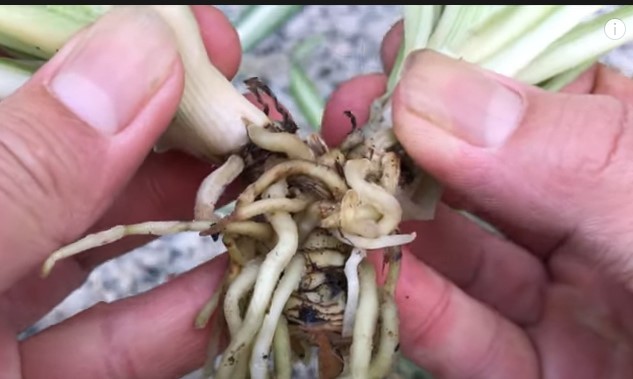
Spider plants are tough kinds of plants that can even produce new crowns even if they are grown in water. Usually, it takes around 7 days to 2 weeks to see new growths attached to the pup crown.
You will also notice that the roots submerged in the water have doubled up over time. Sometimes, the roots get tangled which makes splitting the new growths from the mother plant a lot harder.
The good thing is even if you have to cut off excess roots and sever some of them to split the new crowns from the mother plant.
Tips for growing spider plants in water
The beauty of growing spider plants in water is you get to see the roots grow in the translucence of water and not deal with soil-related chores.
Other than changing the water every week, here are some of the tips for keeping your spider plants and pups healthy in water:
(1) If you don’t want to spend a lot of money supplying distilled water for your spider plants, you may demineralize your tap water. You can do this by letting the tap water sit overnight before you use it on your spider plants.
(2) Let the spider plants receive indirect or direct sunlight to help the pups develop leaves.
(3) You can place the hydroponic spider plants indoors with bright light.
(4) One of the concerns in hydroponics is the presence of mosquitoes. Most fish owners consider using spider plants in their fish tanks or water garden with koi because of their versatility and fast growth.
They will have a symbiotic relationship with fishes because the fish will feed on the mosquitoes while the spider plant will filter the toxins in the water and turn them into plant energy. The only catch is it’s not ideal to grow spider plants underwater.
(5) Pups or baby spider plants will take around 7 to 10 days to grow roots. So, if you’re not seeing any progress on the first few days, have a little bit of patience and let them adapt until the 10th to 14th day.
(6) Growing houseplants like spider plants in water works best for people who don’t have a lot of time for gardening and are often prone to neglect their baby plants. They no longer need watering and just need water change every week.
How long do spider plants grow in water?
Growing spider plants in water makes their longevity questionable.
Well, spider plants can grow in water very well. However, they will not grow as enormous when they’re planted in soil. They will still grow so many roots which can end up tangled rather than root bound.
When hydroponic spider plants are fed and maintained well in water, they can develop stolons with several pups. They can also grow several crowds attached to the mother spider plant.
Therefore, growing spider plants grown in water is almost the same as growing them in the soil. The only difference is less watering, feeding, and less gardening chores.
Frequently Asked Questions (FAQs)
Why doesn't my spider plant make babies?
The three possible reasons why spider plants are not developing babies or pups are lack of adequate maturity, too much focus on developing the roots, or lack of adequate light and dark exposure.
How can I encourage my spider plant to have babies?
Proper exposure of spider plants to indirect light and keeping them in the dark at night can help trigger them to grow new babies.
Sometimes, you can also place them in a smaller pot to prevent the plant from developing too many roots and begin focusing on bloom development which eventually becomes pups.
Should I cut the brown tips off my spider plant?
For aesthetics, you can cut off the brown tips but you don’t necessarily have to. They don’t affect the health of the plant and only happen when the plant is under watered or experiencing fluoride burns due to water quality.
How long do spider plants live?
Spider plants are long-lasting plants that can grow from 20 years & up to 50 years. The mother plant can also produce tons of pups or baby spider plants throughout its lifetime.
When should you re-pot a spider plant?
You should start repotting a plant if it has root rot, is excessively root bound, and starting to show signs of nutrient deficiency.
If the roots are also starting to peek in the drainage hole, they will eventually block the drainage and cause root rot. So, better do the preventive step by repotting the new crowns and pruning the roots.
Final Thoughts
Spider plants already have a wide network of fan bases in the gardening community because of their easy-growing nature. It will adjust to any environmental condition and will keep propagating on its own without too much effort. It is also very pleasing to the eye and good for our health if placed indoors.
So, can spider plants grow in water? Absolutely! They can even grow in fish tanks! Let your friends know about the awesome growing habit of spider plants and turn them into fans just like you.
Which medium works best for your spider plants: water or soil? Let us know in the comments!
Happy growing!
